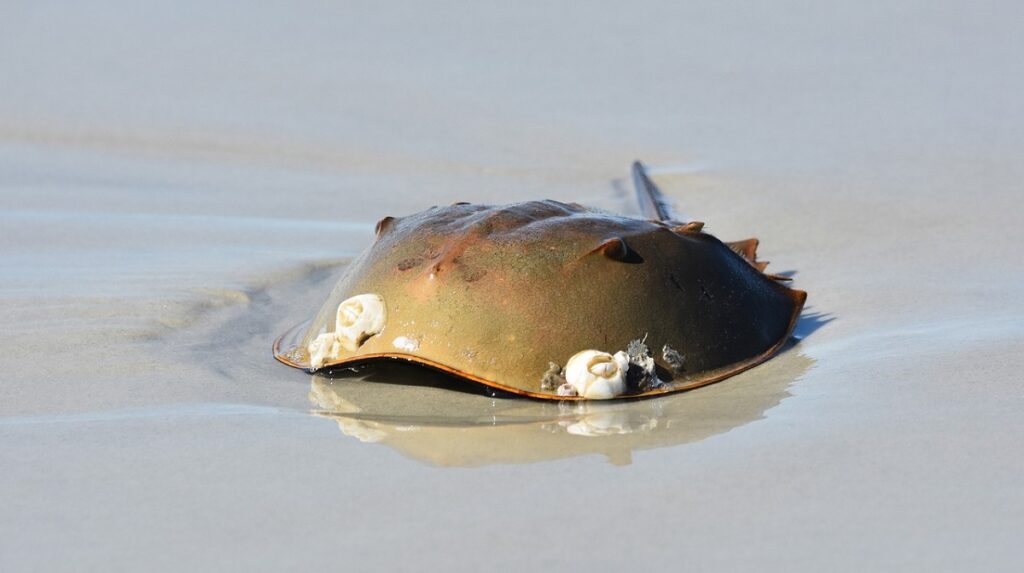After surviving five mass extinctions, horseshoe crab populations are under pressure—but a regulatory change allowing drug makers to use a synthetic alternative to crabs’ blue blood could help, writes author Deborah Cramer for The New York Times.
Horseshoe crab blood provides limulus amebocyte lysate, used in millions of tests annually to screen injectable drugs for dangerous endotoxins, explains the article.
Horseshoe crab populations are dwindling
Due to the constant killing of these crabs for food and their blood, their populations are fast decreasing and are faced with potential extinction.
“Horseshoe crab numbers have plummeted in large swaths of China and are declining rapidly in Vietnam, leaving American horseshoe crabs, also diminished in numbers, to fill the growing gap,” Cramer writes.
Additionally, she adds that in the U.S., fishermen take some 1.4 million each year, killing almost half for use as bait. Pharmaceutical companies capture and extract blood from the other 700,000 to make the endotoxin test before releasing them to the sea.
Due to these activities, as many as 30% could die out, while a significant number of others will not be able to survive long enough to reach the shore and lay their eggs, the article says.
There is a viable solution
A cloned alternative, rFC, has been available since 2003, but the quality assurance organization U.S. Pharmacopeia (U.S.P.) has yet to issue standards for its use.
After several non-successful motions on this matter, now progress is happening.
“U.S.P. has just convened a new expert committee, which is meeting for the first time this week. Hopefully, the committee will set standards for rFC so drug makers will be able to use the synthetic test without facing the possibility of what they say can be protracted and expensive testing to win approval by the Food and Drug Administration in the absence of U.S.P. standards,” describes the article.
Biopharmaceutical companies are standing by. Driven by senior biologist and birder Jay Bolden, Eli Lilly is transitioning to rFC, as are fellow Biotechnology Innovation Organization (BIO) members Sanofi, Pfizer, and Roche.
But without U.S.P. standards, they face “weeks of laboratory validation tests and documentation for every new product and subsequent F.D.A. regulatory review and approval,” Ned Mozier, a Pfizer VP, explains to Cramer.




